Make a quick plan: save core emergency numbers now. In moskva, dial 112 for any acute emergency. For medical help call 103, for police 102, for fire 101, and for gas issues 104. Keep this short list on your native device and in your housing, so you can access it even offline.
Before you travel, learn transliteration of place names and numbers to ensure responders understand your location, especially if you speak a different language. Our guidance links transliteration resources and simple phrases to help you explain the situation quickly to native operators. In moskva and other Russian cities, trusted institutions provide clear directions via official helplines across social services.
Focus on rapid access during a traffic incident or public-safety event: keep the numbers saved on at least two devices, share them with family and colleagues, and discuss a short plan for where to meet if you are separated. A proactive approach from a local provider improves response times and reduces confusion in crowded areas.
world-class knowledge from institutions helps local responders; for example, city housing complexes coordinate with safety services to keep traffic moving while crews work. If someone is arrested during an incident, know your rights and ask for translator support to communicate with authorities.
Take action now: bookmark the official helplines, ask your housing office for a safety card, and run a five-minute drill with neighbors. This simple routine makes safety routine and reduces panic when it matters most.
Guide to Emergency Services in Russia
Dial 112 for real-time assistance when medical, fire, or crime emergencies occur; the call centers connect to stations across the territory and route responders quickly to your location.
System overview The dispatcher network operates under established leadership, with expert operators who direct units from regional stations to the scene, offering coordination between police, fire, and medical teams in parallel.
What to say when you call Speak clearly, give the address or landmarks, describe the risk, and provide the number of people involved. If you are indoors, mention the room and any hazards; for maskva or other city centers provide a nearby metro station or cross-street to help responders find you quickly. Also note the spelling of street names.
After you report, follow the operator’s directions and stay on the line if asked. Updates appear on the official website for ongoing incidents. russians and visitors can check in real-time for safety notices. For those with domestic insurance, keep your policy number handy; many insurers support quick verification to assist during emergencies.
Emergency services operate nationwide, with dedicated stations in every federal subject and on each major territory, including the states. Since 112 began, routing follows standard procedures. The nearest hospital находится near a metro hub and links with local police to verify safety and coordinate arrival times. If someone is arrested during an incident, authorities inform families through direct channels and the official website.
For those in Russia, know that the system uses real-time data and a unified directory to connect you to the right service in seconds. The website offers related tips, regional contact numbers, and guidance for domestic travelers. Speak to a dispatcher and receive direct instructions until help arrives.
Emergency Services in Russia: Numbers and Helplines; Emergency terms and phrases in Russian
Save 112 in your phone and prepare a pocket card with translated phrases in English and Russian. The operator will guide you, so spell out the street and building clearly. For residents of maskva and other cities, this approach reduces delays in critical situations.
During a trip or daily routine, keep these numbers handy: 112 for general emergencies, 101 for fire, 102 for police, 103 for ambulance, and 104 for gas emergencies. These numbers are provided by the national provider and local institutions, and they work across enterprises and public places. In active situations like crimes, bombings, or medical incidents, clear information speeds up help and lowers risk. For non-urgent issues, contact the local provider or institutions first, but always call 112 in danger.
Certain steps help responders reach you faster. Provide the exact location, building name, floor, and apartment or room number when possible. Keep the communication calm to avoid misunderstandings and ensure the spelling of street names is accurate. A small card with these details and a few common phrases is useful for residents, visitors, and travelers, especially on trips or in crowded venues. The card should be translated accurately, and you can test it with a quick slide or mock call to check clarity.
Vienna-style safety concepts influence Russia’s emergency planning, aiming to make responses quicker and more predictable for citizens and guests. Practice phrases in both languages, so during a real call you can convey where you are and what happened, even if you are indoors in a large institution or in transit between destinations.
Do not drink alcohol before or during a call, as it can cloud your information. When you call, provide the amount of people involved, the type of emergency, and any immediate hazards. If you are in an enterprise, instruct personnel to guide callers to the correct line and to stay on the line until the operator provides directions. This approach supports safer outcomes for residents and visitors alike, and helps service providers respond to vulnerabilities in specific situations and environments.
For a quick reference, keep these phrases handy in both languages. They help you convey essential details without delay to the provider or operator and can be used in various situations, from routine checks to critical incidents.
| Service | Number / Helpline | When to Call | Common Russian Terms (Russian / transliteration) |
|---|---|---|---|
| General emergency | 112 | Any urgent situation requiring police, fire, or medical help | пожар (pozhar) = fire; помощь (pomosh’) = help; Где вы находитесь? (Gde vy nahodites’?) = Where are you located? |
| Fire services | 101 | Visible fire, smoke, explosion risk | пожар (pozhar); пожарная служба (pozharnaya sluzhba) = fire service; Где пожар? (Gde pozhar?) = Where is the fire? |
| Police | 102 | Crimes in progress or safety threats, suspicious activity | полиция (politsiya); Где произошло преступление? (Gde proizoshlo prestuplenie?) = Where did the crime occur? |
| Ambulance | 103 | Medical emergencies, injury, chest pain | скорая помощь (skoraya pomosh’); медицинская помощь (meditsinskaya pomosh’) = medical aid; Мне нужна скорая (Mne nuzhna skoraya) = I need an ambulance |
| Gas emergency | 104 | Gas leak, odor of gas, gas emergency | утечка газа (utechka gaza) = gas leak; газовая авария (gazovaya avariya) = gas emergency |
Dialing guide: 112, 101, 102, 103, and 104–what each number covers
Call 112 for any emergency to connect to the fastest dispatch path and follow expert instructions to mobilize the right responders. This number is for emergencies only and guides you through a coordinated response.
-
112 – Universal emergency number
- What it covers: a single access point for police, fire, and medical teams. The operator assesses the situation and dispatches the appropriate service. Generally nationwide and usable on mobile networks, 112 is the first step in high‑risk scenarios.
- What to tell the dispatcher: exact location (address, cross‑streets, or landmarks), number of people affected, the nature of danger (fire, injury, crime, gas leak), and any hazards (fumes, downed wires).
- Process and speed: expert dispatchers use diverse data sources to route the right team quickly. Speak clearly, use orthography to spell addresses if needed, and provide updates to reduce back‑and‑forth, thereby reducing response time.
- Outages and back‑ups: in outages, 112 remains the fastest link to responders. If your signal is weak, move to a better location and try again; stay on the line and follow prompts. Helplines may offer guidance after the initial response to support relevant safety steps and information dissemination.
- Preparation and plan: create a personal plan and carry a pocket card listing 112 and other numbers. This creation supports rapid action in diverse cities and can significantly reduce suffering in critical moments.
-
101 – Fire and rescue
- What it covers: fires, smoke, explosions, and other fire hazards. The dispatcher coordinates fire service units and, if needed, specialized rescue teams.
- Information to share: location, suspected cause, building occupancy, presence of people needing assistance, and any hazards (gas lines, fuels).
- Response guidance: evacuate if safe, close doors behind you to slow spread, follow responders’ directions, and be ready to provide updates as the situation evolves.
- Strategy for speed: clear, concise details help responders establish a quick plan and control the scene effectively; regard safety as a shared responsibility among bystanders and responders.
-
102 – Police emergencies
- What it covers: crimes in progress, threats to safety, suspicious activity, and public‑order incidents. The dispatcher coordinates law‑enforcement response and supports scene management.
- What to share: exact location, nature of the incident, number of involved people, vehicle descriptions, and any immediate danger to bystanders.
- On‑scene conduct: keep a safe distance, avoid disturbing potential evidence, and provide timely updates as new information emerges.
- Information role: good data helps police navigate complex urban environments; the aim is to stabilize the scene quickly and apply the appropriate response strategy.
-
103 – Medical emergencies
- What it covers: unconsciousness, severe bleeding, heart attack symptoms, strokes, and major trauma. The dispatcher alerts ambulance crews and can guide nearby responders if needed.
- What to provide: patient condition, age, known medical history, medications, allergies, exact location, and any changes in status.
- On arrival expectations: responders assess and initiate treatment, transport to the nearest appropriate facility, and communicate anticipated arrival times.
- Preparation tips: maintain a personal plan with key contacts and keep a small card with essential numbers for quick access during medical crises.
-
104 – Gas emergencies
- What it covers: gas leaks, potential explosions, and hazardous gas releases. The dispatcher coordinates with gas services and safety units to secure the area.
- Immediate actions: evacuate if you smell gas or hear hissing; do not operate electrical switches or use open flames; move to a safe location and call 104.
- Information to share: location of the leak, building type, suspected source, number of people affected, and any injuries to prioritize field checks.
- Safety planning: keep essential numbers in a personal plan and consider a pocket card for quick reference during gas incidents.
Calling from mobile vs landline: reliability tips and coverage in large cities and remote areas
Always keep a charged mobile and a backup landline option, especially in moskva and along routes to remote areas.
This approach helps you maintain alerts and calls when one network drops, as urban centers usually provide full mobile coverage while remote stretches show variable signal levels.
Types of access include mobile (2G/3G/4G/5G) and fixed lines; although mobile is primary for day-to-day use, a secondary landline offers a stable option during outages, and in some cases only satellite or fixed wireless connections remain reliable in sparse terrain.
Tips to improve reliability: enable two SIM profiles where possible, keep a power bank, and find official coverage maps from centers or academies; this research helps you plan routes and avoid sudden gaps for foreign visitors who rely on mobile data.
In busy centers like theatre and at movies, signal can fluctuate; when indoors, try pockets near windows and, if permitted, use Wi‑Fi calling where laws allow; a policeman directing crowds may provide location updates, so keep lines open and follow guidance to stay safe.
Research from financial agencies and academies shows that coverage rises near major transit centers and along highways; this data helps consider reliability across different types of devices and networks; minor outages can still occur but full coverage is reached in most urban zones of moskva and other capitals.
To navigate effectively, carry a small bag with essential gear, clothes for weather, and latin terms used in signage to interpret emergency instructions; this helps preventing confusion, and you can find official channels to stay informed through your phone or wallet.
Keep this approach simple and proactive to reduce risks and make timely contacts wherever you travel, from moskva to remote locales.
What to report first: location, incident type, casualties, and hazards
Provide exact location: street name and building number, floor or room, and any landmark. Include cross streets and nearby sites such as kolomenskoye and the nearest metro exit in the moscows area. If possible, name york street or other reference points to help responders reach you faster.
State incident type: primary category such as accident, fire, medical emergency, or crime. If several events occur, report the main type first, then add secondary details.
Casualties: report how many people are injured or affected, identify severity such as acute injuries or potential casualties, and note if anyone is missing or trapped. If numbers are unknown, say so and update when you know more.
Hazards: list hazards at the scene, including gas smell, smoke, fire, toxic substances, downed wires, collapsing structures, traffic congestion, and any risks to volunteers or passersby.
Communication tips: speak clearly with short sentences, avoid slang, and use exact locations, numbers, and capabilities. Request ambulance or EMS when needed, and specify any special needs such as medicine or medical equipment. Officials can be contacted if present, and services should be coordinated.
After reporting: stay on the line as long as possible, keeping a safe distance from the scene, check for updates from officials and emergency services, staying in a safe place, avoid gathering around the scene, and take notes of any changes.
Common Russian phrases for emergency calls: reporting details clearly
State the exact location and the incident type in a concise sentence. Include nearby landmarks to help responders reach kolomenskoye quickly and coordinate with available agencies.
Address the operator in a calm, clear Russian voice. Present the exact address, the kolomenskoye district, and a nearby landmark to guide responders and the agencies available on scene. If the embassy or foreign nationals are involved, mention it to speed coordination.
Opening lines: “There is an incident at [address] in kolomenskoye. Smoke and flames are visible.” Add the type of incident (fire, medical emergency, traffic collision) and note any immediate hazards, so rescuers can prioritize actions over the phone.
Key details to report: number of people affected, their condition, and if anyone is saved or still inside danger. Use present tense to keep the crew aligned with the situation and to avoid gaps in understanding.
Describe the scene with concise facts: exact street or cross street, nearby embassy or park, traffic conditions, and access for emergency vehicles. If traffic is heavy or roads are partially blocked, specify the best route for citywide response and for overflown routes around the area.
Requests for responders: explicitly ask for firefighters och rescuers, and indicate whether police (palitsiyu) presence is needed for crowd or traffic control. Mention any protection needs, such as a badge or credential check for entry into a building, to speed access and safety for everyone on scene.
Coordination and rules: present the plan for on-scene actions, confirm the address with the dispatcher, and state if you require additional agencies available in coordination with the embassy or foreign nationals. Use clear rules for shareable updates and avoid ambiguity that could slow response, especially in kolomenskoye citywide operations.
Post-call updates: if the situation evolves, report changes to the same dispatcher, including new numbers saved or rescued, injuries observed, and any shift in access routes. In complex cases, document the incident creation with a reference number and keep the line open until responders arrive and establish on-site coordination. For callers abroad near an embassy in york or similar hubs, use the same concise structure to minimize confusion and speed aid.

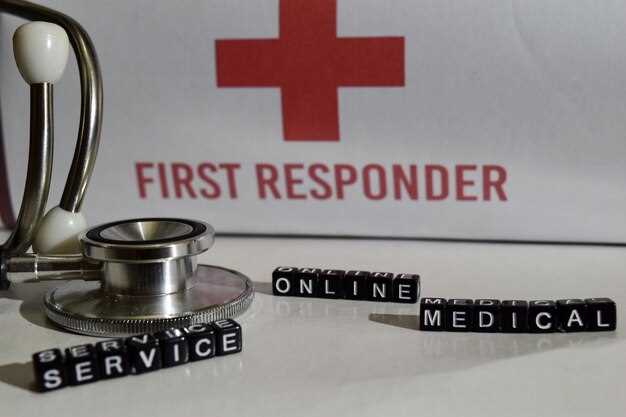 Emergency Services in Russia – Essential Numbers and Helplines">
Emergency Services in Russia – Essential Numbers and Helplines">

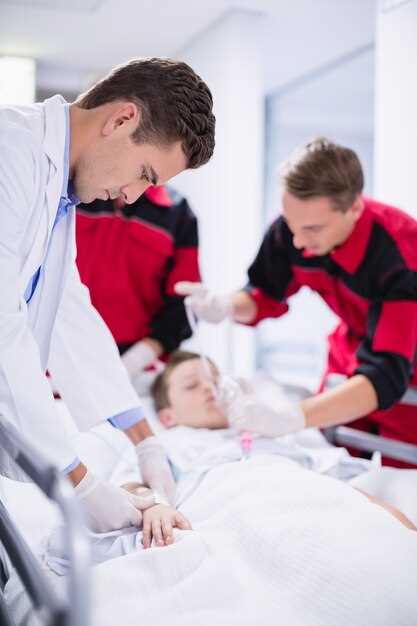
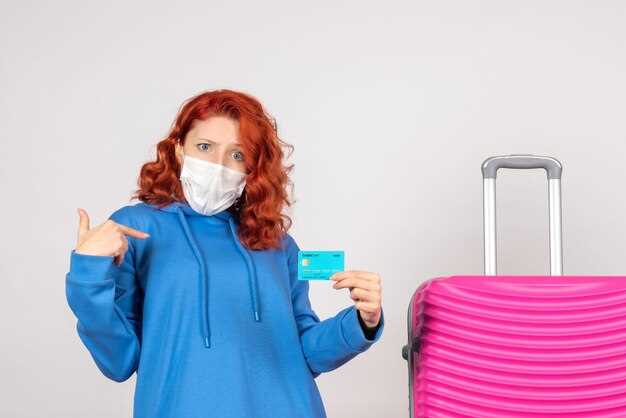 Travel Insurance for Russia – Essential Guide to Coverage, Costs, and Tips">
Travel Insurance for Russia – Essential Guide to Coverage, Costs, and Tips">
 Rainy Day Moscow – Best Indoor Attractions for Wet Weather in 2025">
Rainy Day Moscow – Best Indoor Attractions for Wet Weather in 2025">
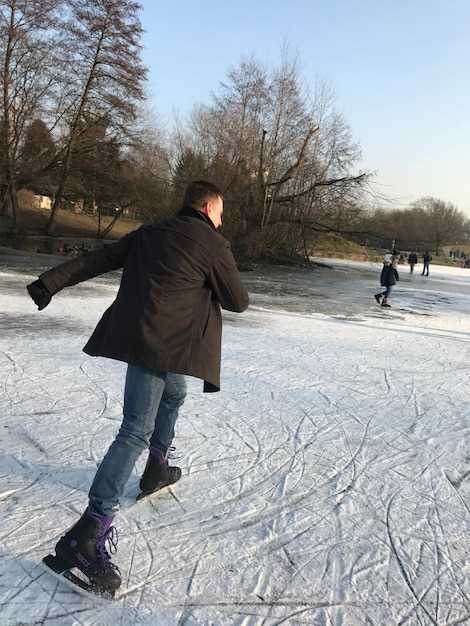 Where to Go Skating in Moscow – Top Ice-Skating Spots">
Where to Go Skating in Moscow – Top Ice-Skating Spots">
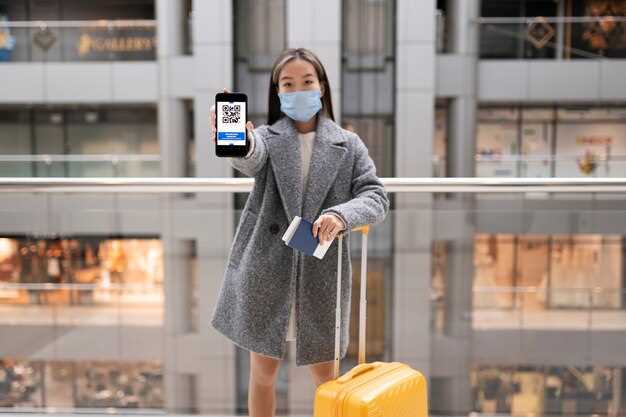 Moscow Airport Taxi – Book Fixed-Price Transfers tofrom Moscow Airports | Pay in Your Currency">
Moscow Airport Taxi – Book Fixed-Price Transfers tofrom Moscow Airports | Pay in Your Currency">
 Moscow Tours – Best City Highlights, Guided Tours & Things to Do">
Moscow Tours – Best City Highlights, Guided Tours & Things to Do">
 Alfa Only GreatList Sessions Finale – Savva Set Dinner with Dan Birk and Andrey Shmakov">
Alfa Only GreatList Sessions Finale – Savva Set Dinner with Dan Birk and Andrey Shmakov">
 Best Bank Cards for Purchases in Russia 2025 – How to Choose, Fees, and Perks">
Best Bank Cards for Purchases in Russia 2025 – How to Choose, Fees, and Perks">
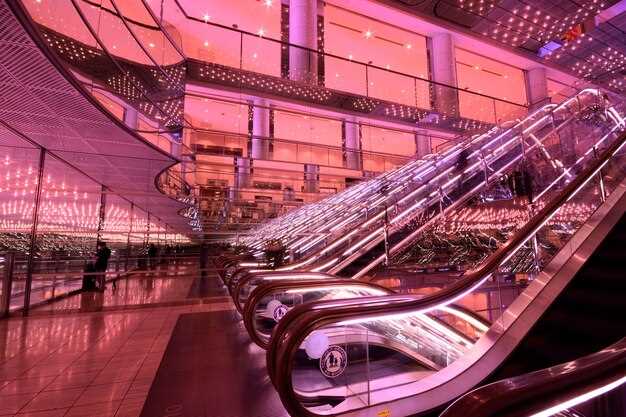 Review – Moscow and Jazz Business Lounges at Sheremetyevo Terminal">
Review – Moscow and Jazz Business Lounges at Sheremetyevo Terminal">
 Top 10 Things to Do in Moscow, Russia – Ultimate Travel Guide">
Top 10 Things to Do in Moscow, Russia – Ultimate Travel Guide">
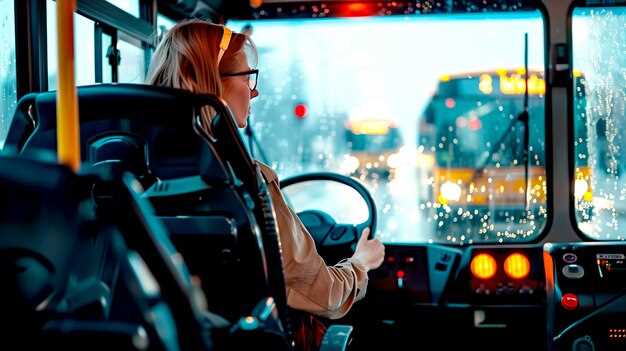 Night Buses in Moscow – Routes, Timetables, and Tips">
Night Buses in Moscow – Routes, Timetables, and Tips">